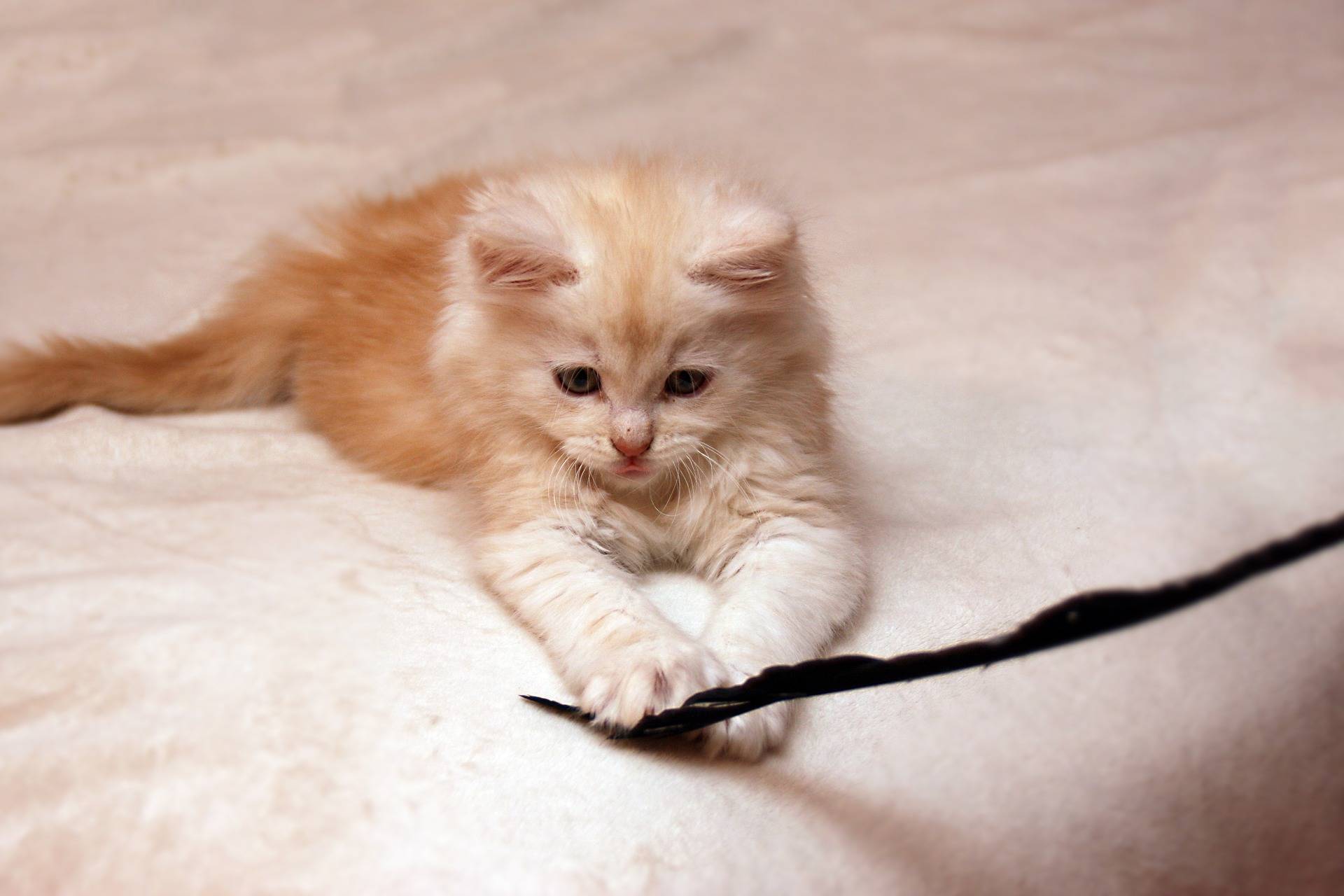Summary
The body language of cats and dogs
The social behavior of cats is incomparable to that of dogs. This is reflected in their body language, which is based on instincts and habits that go back thousands of years. We humans have learned to appreciate the enthusiasm of dogs when they wag their tails, which we consider a “friendly” sign. This sign is to be distinguished from the irritated wagging of a cat’s tail. Dogs and cats react instinctively. Learning “foreign languages”, the languages of each other, is relatively difficult for them. They must first understand that their cat or dog roommates belong to other species and that they do not communicate the way they do.
While dogs are able to make themselves understood with their facial expressions, the cat’s face remains relatively neutral. Cats communicate with the movement of their tail, ears, and eyes. These weak signals are easily overlooked by both cats and dogs! Most of the time, cats meow when they want to communicate with humans, but do not use their voice to communicate with other cats.
A dog will use clearer signals to make himself understood by a pack or by humans. A cat will interpret this differently, knowing that its body language works completely differently. While a dog shows friendliness when its tail wags, a cat’s wagging tail indicates aggression, as does a brush-like tail and a wagging back. A cat with a bristling tail that is raised upwards wants to look as big and dangerous as possible: it is reacting to a threat. Just as with dogs, staring is a sign of dominance. Cats can’t stand it. A dog inexperienced in cohabitation with cats can quickly confuse these signs, neglect them or ignore them.
In addition, there is a detail that makes all the difference: dogs are on average much larger than most cats. Being licked in a friendly manner or being pawed as an invitation to play will quickly be perceived by the cat as an aggressive gesture.
Cat and dog: when to get to know each other?
Dogs and cats do not have the same body language. However, they can get along well together, if they have enough time and patience to learn each other’s language and interpret it in the right way. In order to adapt to each other’s character, the “language barrier” must be overcome. To do this, they must be very patient! The more attentive they are, the more likely they are to become good friends. Hasty socialization often leads to failure.
Moreover, first impressions play a decisive role with animals! It will be difficult to achieve positive results if they have a bad impression from the start!
The easiest way is to get the animals used to each other’s presence from a young age. Young dogs and cats are likely to have few negative experiences. Introductions between dogs and cats may seem odd at first, but generally the image of the “mean dog” and “mean cat” is not yet ingrained in the minds of both animals. Older animals can also get acquainted, but their good understanding will depend largely on their past experiences. A harmonious cohabitation will usually be more difficult to achieve.
There are cats that enjoy the company of dogs, and vice versa! But some dogs have already been pawed by their cat roommate. The reverse is also true: cats have sometimes been chased by their fellow dog, once or even several times. Sometimes dogs and cats have a relationship that quickly turns from love to hate!

